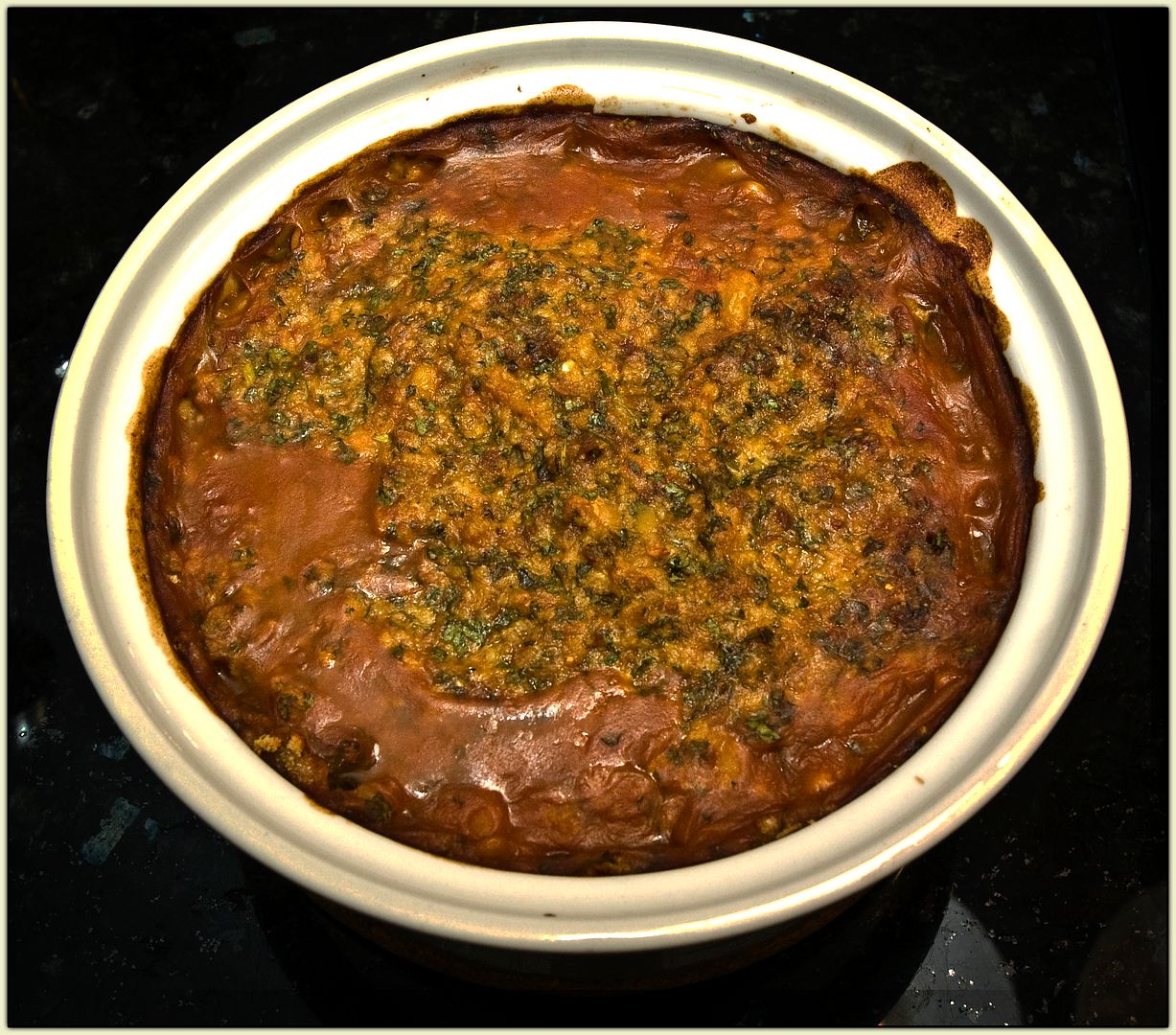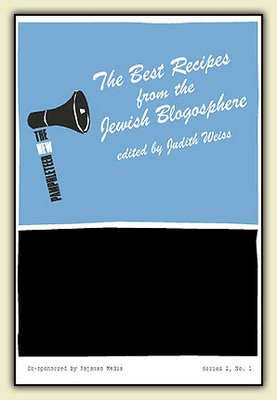
Cassoulet, a classic French peasant dish.
That’d be cassoulet, the French answer to cholent - a rich, earthy concoction of baked beans and various meatstuffs.
Back in my snot-nose days, our family would enjoy a weekly supper of hot dogs and beans, a quintessentially American dish of the 1950’s. And, like as not, the beans would be Campbell’s pork and beans, right out of the can... no surprise, given our complete disregard of the Jewish dietary laws.
You’ve had ’em, I suspect. Plain old beans, with a solitary chunk of fatty pork (or porky fat) lurking somewhere in the can. It was there, I suspect, to contribute a modicum of meat flavor - but we kids treated it as a sort of booby prize, the antithesis of the cherry in canned fruit salad. If you got that pork-booger, you lost. Feh.
As I got older, I discovered that baked beans could actually be good, with multiple layers of flavor. The best example was right there in my ethnic backyard: cholent.
Cholent is a stew of beans and meat that originally served as a Sabbath meal. Given that day’s prohibitions against cooking, you needed something that could be stuck in a slow oven on Friday afternoon and that would cook s l o w l y in order to be ready to eat at mid-day on Saturday. Cholent fit the bill perfectly.
Like chili, or barbecue, there are myriads of variations on the cholent theme, and the adherents of those various variations are passionate in their preferences. The common elements are beans and slow cooking... beyond that, there are all kinds of twists and tweaks. Potatoes? A nice chunk of kishke? Meat? Barley? You name it, someone has tried throwing it into a cholent. (Except maybe a Boston butt.)
French cassoulet - a classic peasant dish - is not that much different, except maybe for the seasoning - and, of course, the presence of Porky Meat of several varieties. But you can make a lovely cassoulet without pork, should you so desire. All you need is some sort of very flavorsome meat.
In my case, I had a nice duck leg confit sitting in the fridge, entombed carbonite-fashion in solidified goose schmaltz. It had been there since sometime last September, which meant that it was at the peak of ducky tastiness. All I had to do was scrape off the grease and sauté it in a skillet. To supplement Mr. Duck, I roasted a shoulder of lamb, first burying it in a pile of chopped garlic and sliced onions.
The other main ingredient was a sack of flageolet beans, which got an hour-long soak in hot water as the festivities commenced. Thyme, garlic, onions, beef stock, dry white wine, tomato paste, bay leaves, and a few other herbs and spices helped create a flavorful base. A 90-minute simmer got the beans nice and tender... then, drained, they went into a casserole dish with a topping of parsley, bread crumbs, and a drizzle of goose schmaltz. Bake for an hour until crusty, then dig in.
Holy crap, this stuff was good. Despite its salt-of-the-earth origins, it would have felt right at home in the finest white-tablecloth restaurant. And, as the French tell us,
“C’est bon pour le coeur, on sait...
Plus vous en mangez, plus vous pétez.”
Based on my experience with both cassoulet and cholent, I’m going adopt a few “Best Practices.” I’ll start adding duck confit to my cholent... and a chunk of kishke to my cassoulet.




















No comments:
Post a Comment